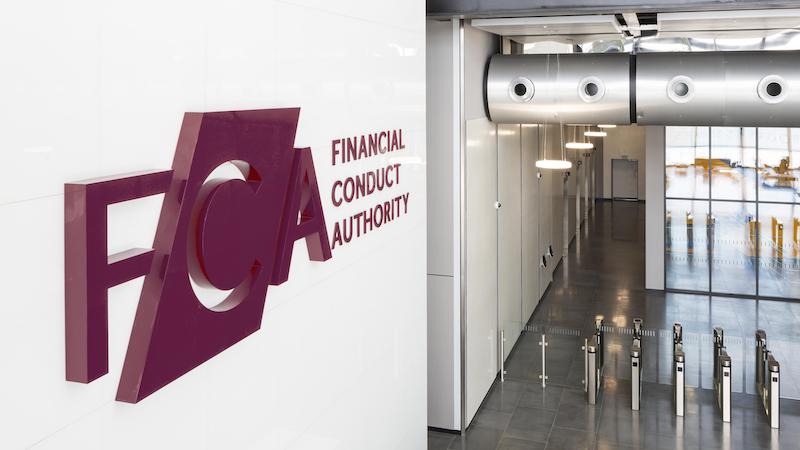The Financial Conduct Authority has confirmed that the one-, three- and six-month sterling and Japanese yen Libor settings will be published under a synthetic methodology to avoid disruption to legacy contracts.
The move comes in advance of the sterling, Japanese yen, Swiss franc and euro Libor panels winding down at the end of the year.
The City watchdog said market participants had made good progress in actively transitioning contracts in line with the Working Group on Sterling Risk-Free Reference Rates’ recommended end-Q3 target. But with 24 Libor settings due to wind-down by year’s end it said it was not “practicable” to covert all outstanding sterling and Japanese yen contracts within the timeframe.
The FCA said in a statement: “The synthetic rate has been chosen by the FCA to provide a reasonable and fair approximation of what panel bank Libor might have been in the future. The synthetic rates will no longer, however, be ‘representative’ as defined in the Benchmarks Regulation (BMR).”
The regulator has confirmed the methodology that Libor’s administrator must use to calculate the synthetic rates, which includes forward-looking term versions of the relevant risk-free rate and the respective ISDA fixed spread adjustment.
From 1 January 2022, they will become Article 23A benchmarks under the Benchmarks Regulation (BMR). This gives the regulator the ability to designate a critical benchmark in certain circumstances to those that need it.
The FCA will decide before year-end which legacy contracts will be able to use the synthetic LIBOR rates and has published a consultation on its proposed decision. Firms are being encouraged to respond to this consultation by 20 October.
See also: Asset managers shunning Libor but inflation-plus still preferred benchmark for absolute return







